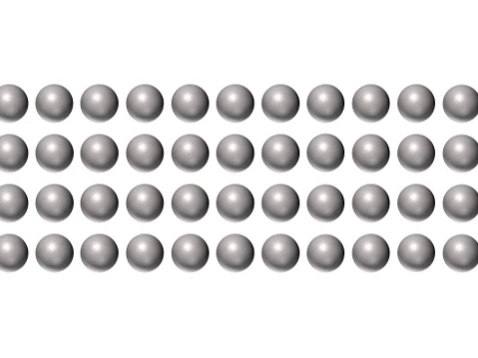Difference between revisions of "Longitudinal Wave"
| Line 26: | Line 26: | ||
===About Longitudinal Waves=== | ===About Longitudinal Waves=== | ||
There are two [[longitudinal]] [[wave]]s you should know: | There are two [[longitudinal]] [[wave]]s you should know: | ||
| − | *[[Sound]] - [[Wave]]s of [[ | + | *[[Sound]] - [[Wave]]s of [[compression]] and [[rarefaction]] which travel through [[matter]]. |
| − | *[[P-wave]]s - [[Seismic Wave]]s known as [[P-wave|primary waves]] which are [[wave]]s of [[ | + | *[[P-wave]]s - [[Seismic Wave]]s known as [[P-wave|primary waves]] which are [[wave]]s of [[compression]] through the ground during an [[earthquake]]. |
Revision as of 15:13, 6 April 2019
Contents
Key Stage 3
Meaning
A longitudinal wave is a wave in which the vibration is parallel with the direction of the wave.
| A single longitudinal wave passing through a material. |
About Longitudinal Waves
- Sound waves are longitudinal waves.
Key Stage 4
Meaning
A longitudinal wave is a wave in which the direction of vibration is parallel to the direction of travel of the wave.
| A single longitudinal wave passing through a material. |
About Longitudinal Waves
There are two longitudinal waves you should know:
- Sound - Waves of compression and rarefaction which travel through matter.
- P-waves - Seismic Waves known as primary waves which are waves of compression through the ground during an earthquake.
